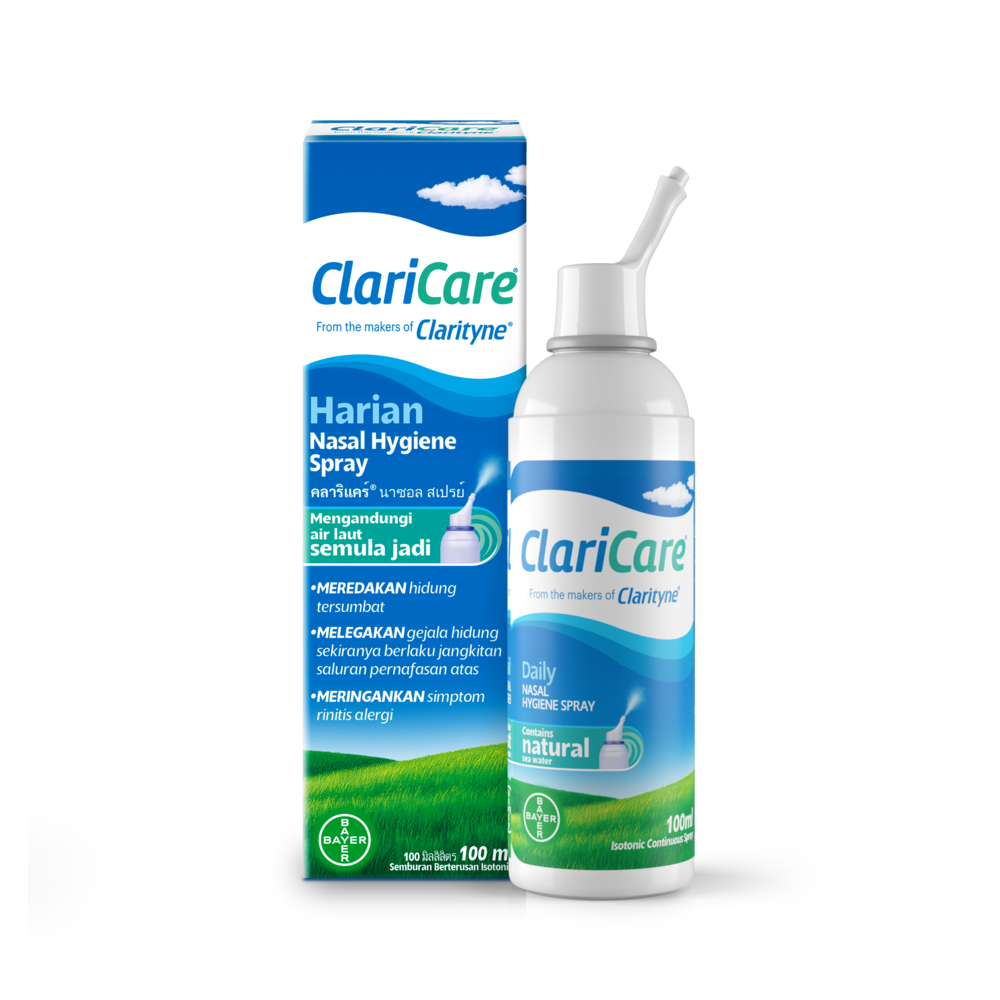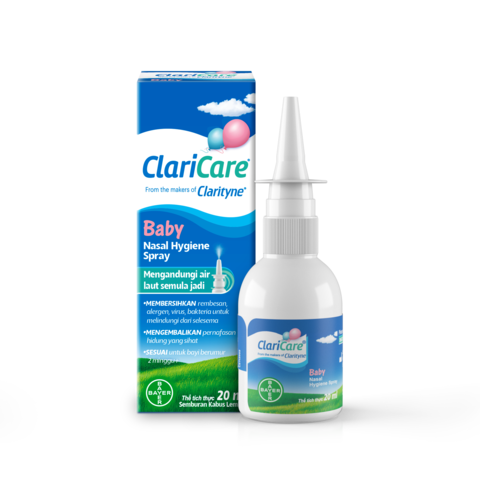The Link Between Pollution and Allergies
Air pollution refers to substances in the air that are either harmful or poisonous. For instance, air pollution from the burning of fossil fuels can cause individuals to become more prone to allergies, or exacerbate their allergy symptoms. At the same time, pollutants can also attach to allergens and cause a more adverse allergic reaction.
Outdoor and Indoor Pollution
Outdoor air pollution has a major impact on the health of human beings. In fact, more than 90 percent of the world have recorded air quality levels which exceed the World Health Organization's (WHO) guideline limits. Low and middle-income countries suffer from the highest amount of exposure.
Alternatively, individuals who spend most of their day indoors can also be at an increased risk of adverse health effects as a result of exposure to indoor air pollutants over time.
Common Pollutants
Particulate pollution refers to tiny solid fragments or liquid droplets in the air. Diesel fuel exhaust, which is the largest source of particulate pollution. Contributes significantly to the increase of allergy cases across the world.
Tobacco smoke produces a chemical that attaches to allergens like pollen , dander and dust, triggering allergic reactions.
Ground-level ozone is a mix of pollutants produced when sunlight and heat react to chemical emissions from vehicles, power plants and other industries.
Nitrogen oxide is a type of gas that comes from the burning of fossil fuels. Exposure can cause eye and skin irritation, as well as asthma and respiratory problems.
Climate Change and Allergies
The Asthma and Allergy Foundation of America found that rising temperatures have caused pollen season to be 11 to 27 days longer, creating more pollen in the air and more allergy symptoms.
Treatment Recommendations
There are several steps you can take to protect yourself from the harmful effects of pollution on your allergies.
- Check the daily air quality index in your area. Stay indoors when the colour-coded alert reaches orange.
- Wear a mask outside if your allergies are severe and the air quality index is poor.
- Promote the planting of hypoallergenic trees in urban areas.
- Reduce outside activities during pollen season.
- Resist the urge to open your windows.
- Use an air purifier and a high-grade air filter that stops particle pollutants.
- See a physician if your symptoms get worse.
- When you have allergy symptoms, make sure to use products that can provide effective allergy relief, such as ClariCare® nasal hygiene sprays or allergy relief prescriptions like loratadine. ClariCare® products are available as daily hygiene & baby spray formulations.
REFERENCES
- Air Pollution in Relation to Allergic Nonallergic Rhinitis
- Allergic diseases and air pollution. Asia Pacific Allergy . Accessed March 25, 2020.
- Air Pollution and Allergies: A Connection? MedicineNet. Accessed March 25, 2020.
- Smog: Not an allergan, but an irritant. WebMD. Accessed March 25, 2020.
- Get air quality data where you live. Airnow.gov. Accessed March 25, 2020.
- Particulate Matter (PM) Basics. Environmental Protection Agency. Accessed March 25, 2020.
- Ground-level Ozone Pollution. Environmental Protection Agency. Accessed March 25, 2020.
- Sulfur dioxide. Queensland Government. Accessed March 25, 2020.
- Sulfur Dioxide Effects on Health. National Park Service. Accessed March 25, 2020.
- Traffic Air Pollution Increases Allergy and Reduces Lung Health. American Academy of Allergy, Asthma & Immunology. Accessed March 25, 2020.
- What are Nitrogen Oxides? Tox Town. National Institutes of Health U.S. National Library of Medicine. Accessed March 25, 2020.
- WHO releases country estimates on air pollution exposure and health impact. World Health Organization. June 23, 2020.
- Air Pollution and Allergies: A Connection? MedicineNet. Accessed June 23, 2020
- Bernstein et al., Journal of Allergy Clinical Immunology. March 2008, 586-591.








